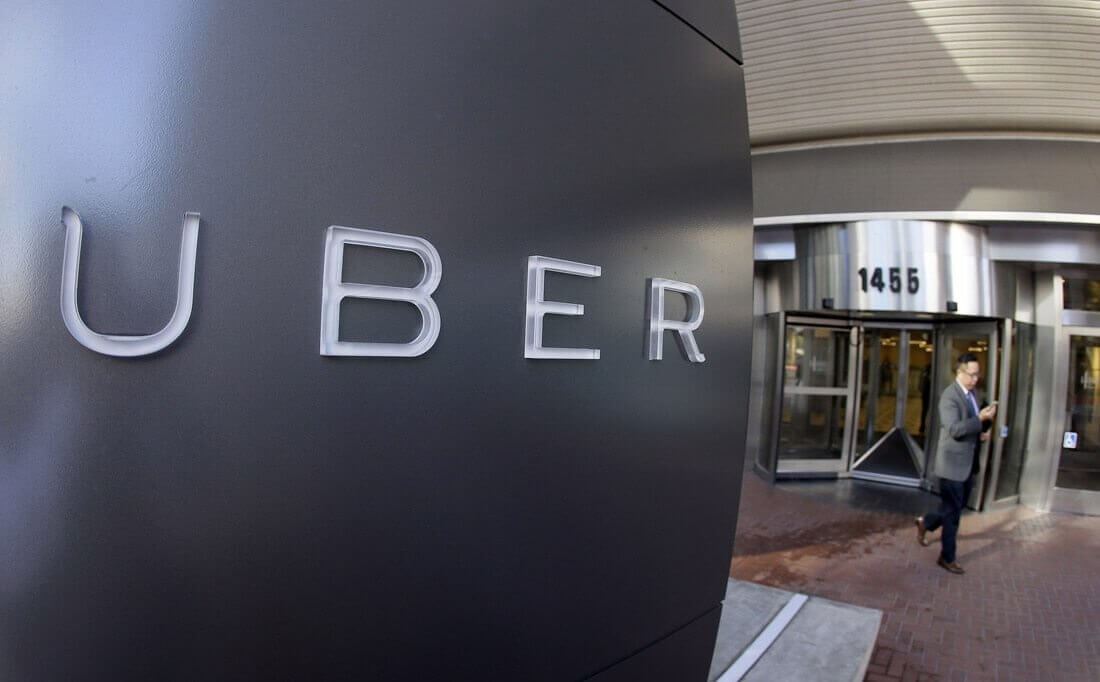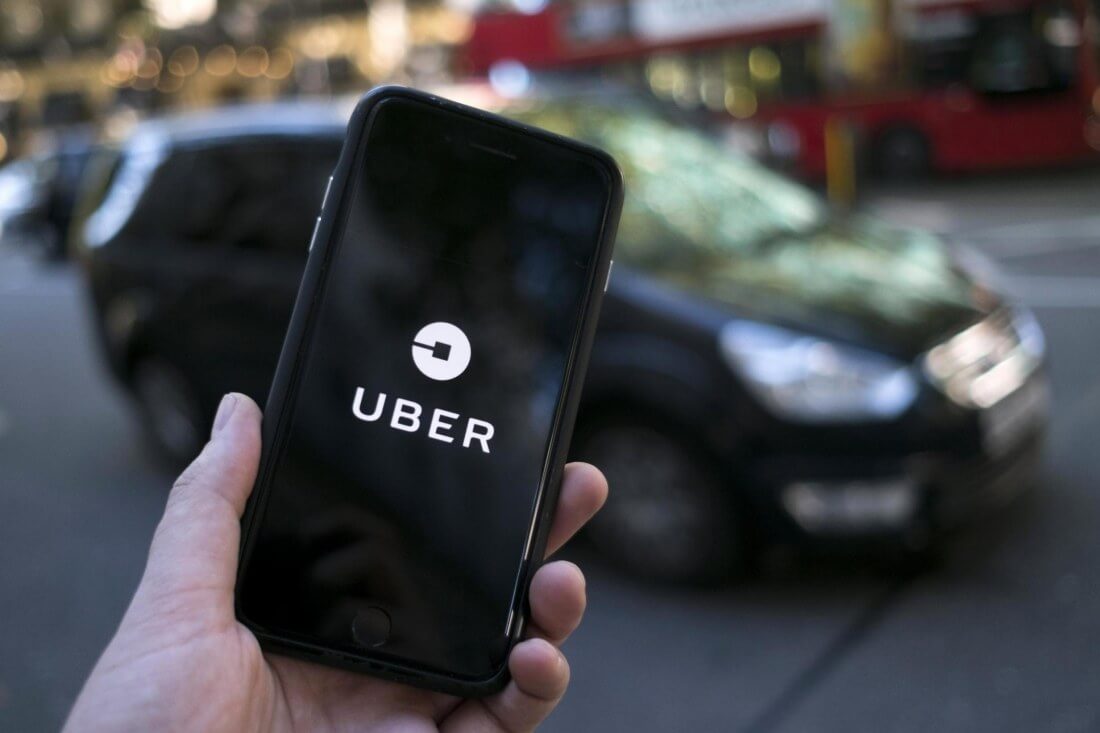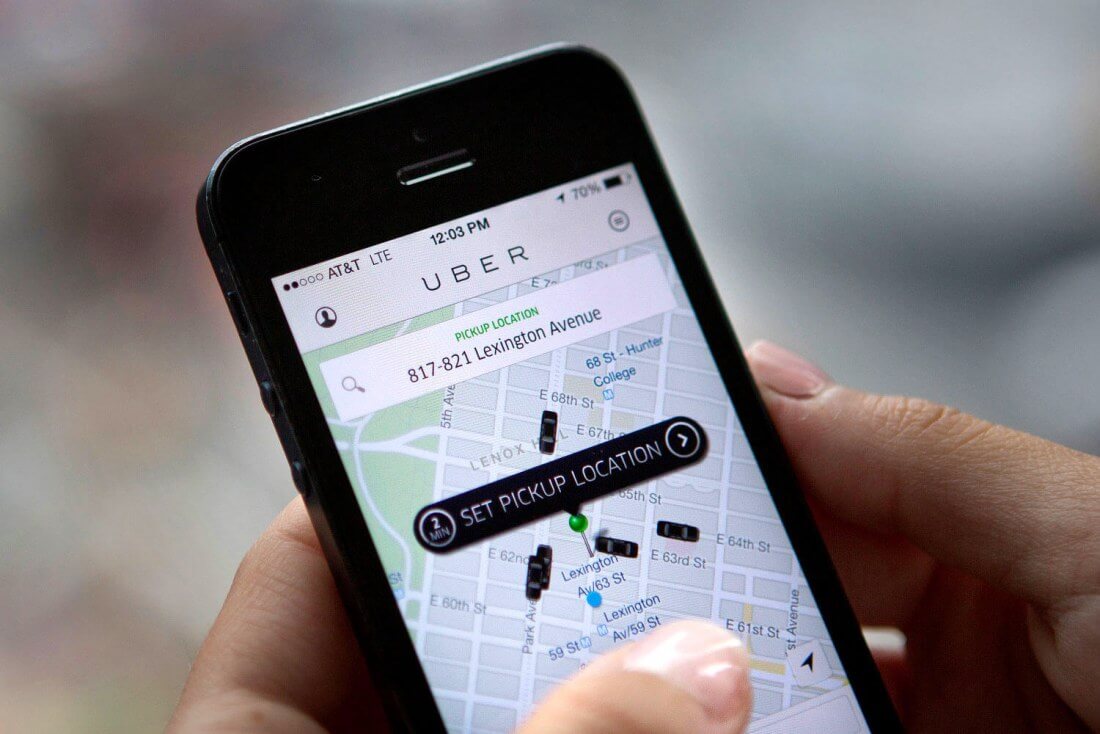
One of the main problems Uber has faced over the years is safety, both for drivers and passengers. While the company does have a number of safety policies in place -- such as background checks -- for its drivers, the situation is still far from ideal.
At the end of the day, when you call an Uber, you're riding with (or ferrying) a complete stranger. To make things a bit more palatable for security-conscious drivers and passengers, Uber has been slowly introducing additional security features for their app.
For example, in May, the company partnered with RapidSOS to include a "panic button" inside the Uber app, which calls emergency services instantly. The app also received the "Trusted Contacts" feature, which lets passengers automatically send trip information to friends or family, so they'll know if something goes wrong.

Now, Uber has announced several new safety-focused features. Passengers are getting "Address Anonymization," which will automatically hide the specific pickup and dropoff addresses of their various rides, as well as enhanced two-step verification for all logins.
It isn't just passengers who are getting a safety upgrade, though. Uber recognizes that drivers also take on a certain amount of risk by letting strangers into their vehicle.
As such, the company will be launching a hands-free pickup feature that lets drivers interact with the Uber app using their voice, as well as the aptly-named "Driver Emergency Button." The latter feature let drivers instantly call 911 in the event of an emergency, among other things.

The final safety feature of note, Ride Check, aims to improve security for riders and drivers alike. Using GPS and "other sensors" in a driver's smartphone, Ride Check can automatically detect potential crashes.
If the app does detect a crash, it will prompt the passenger(s) and the driver to confirm or deny the event - if either party chooses "Yes" when the "Were you involved in a crash?" dialogue box appears, they'll be given the opportunity to call 911, report the crash, or talk to Uber's "Safety Line."
In the future, Uber wants to expand Ride Check to other potential dilemmas, such as extended, seemingly-random stops (which might